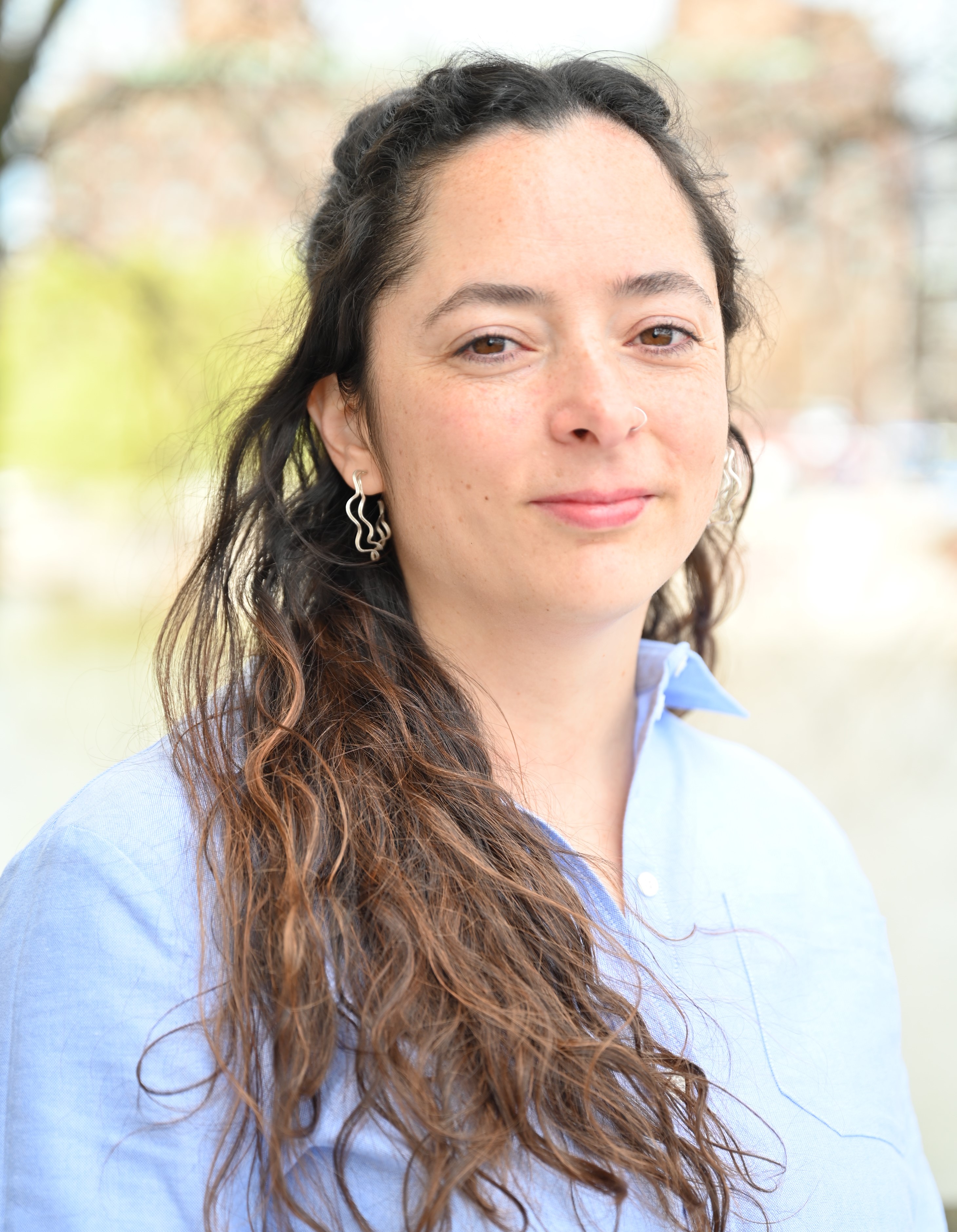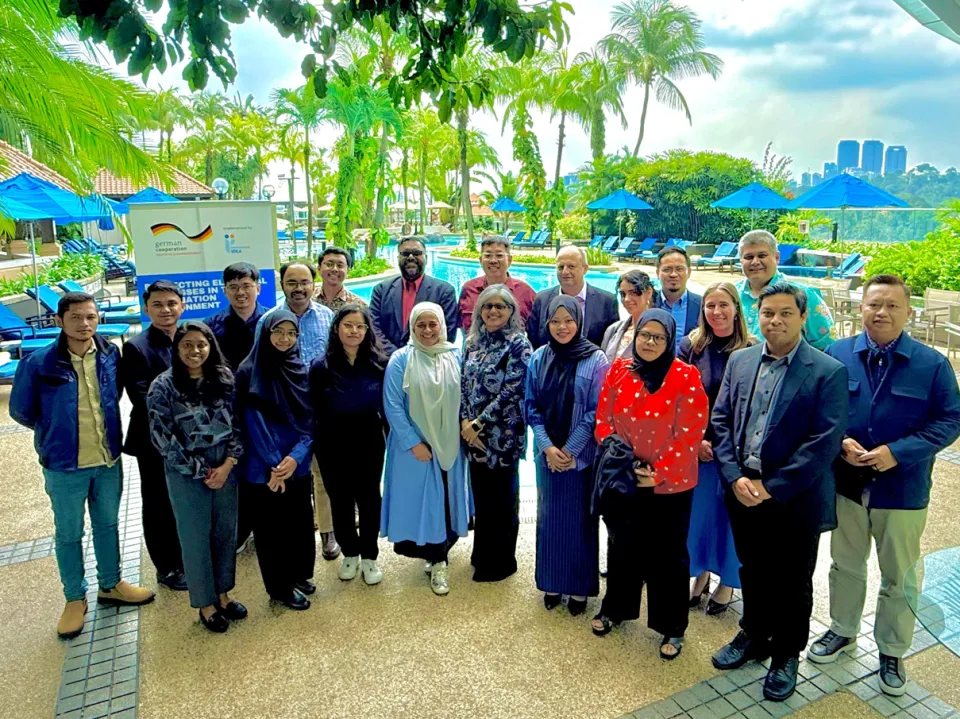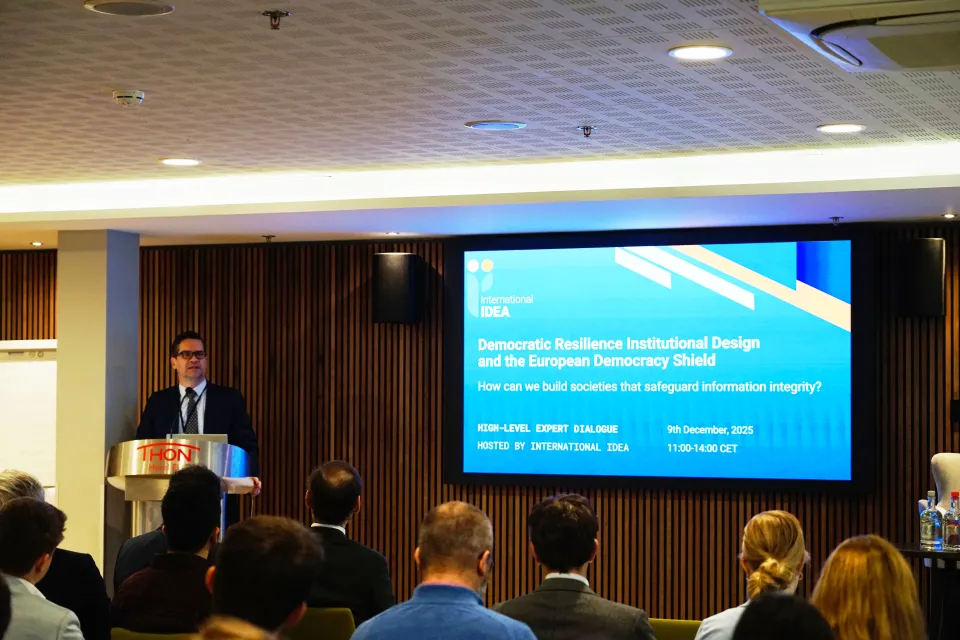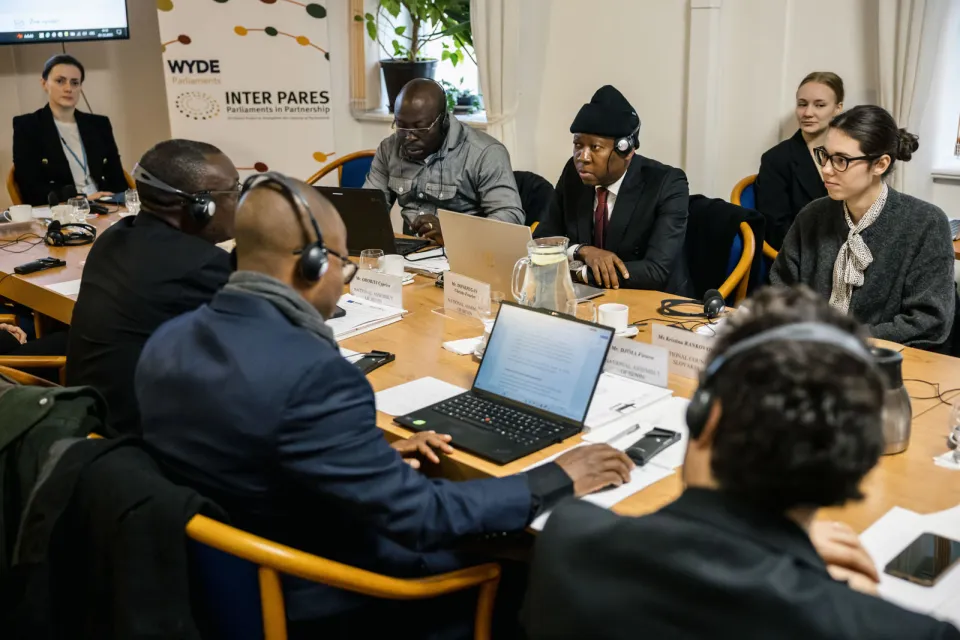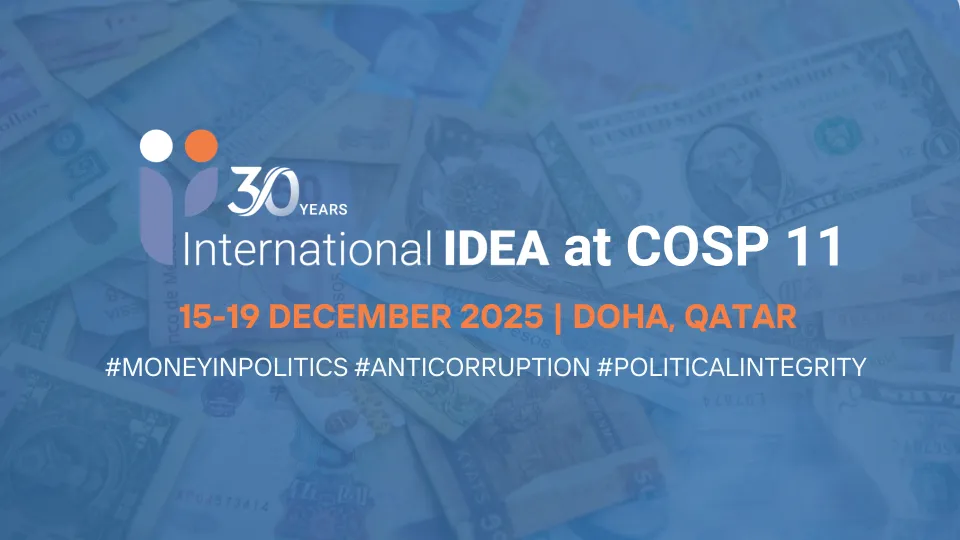Challenges for peace in Colombia: A conversation with Alexandra D’Alleman on truth and justice for victims of the armed conflict
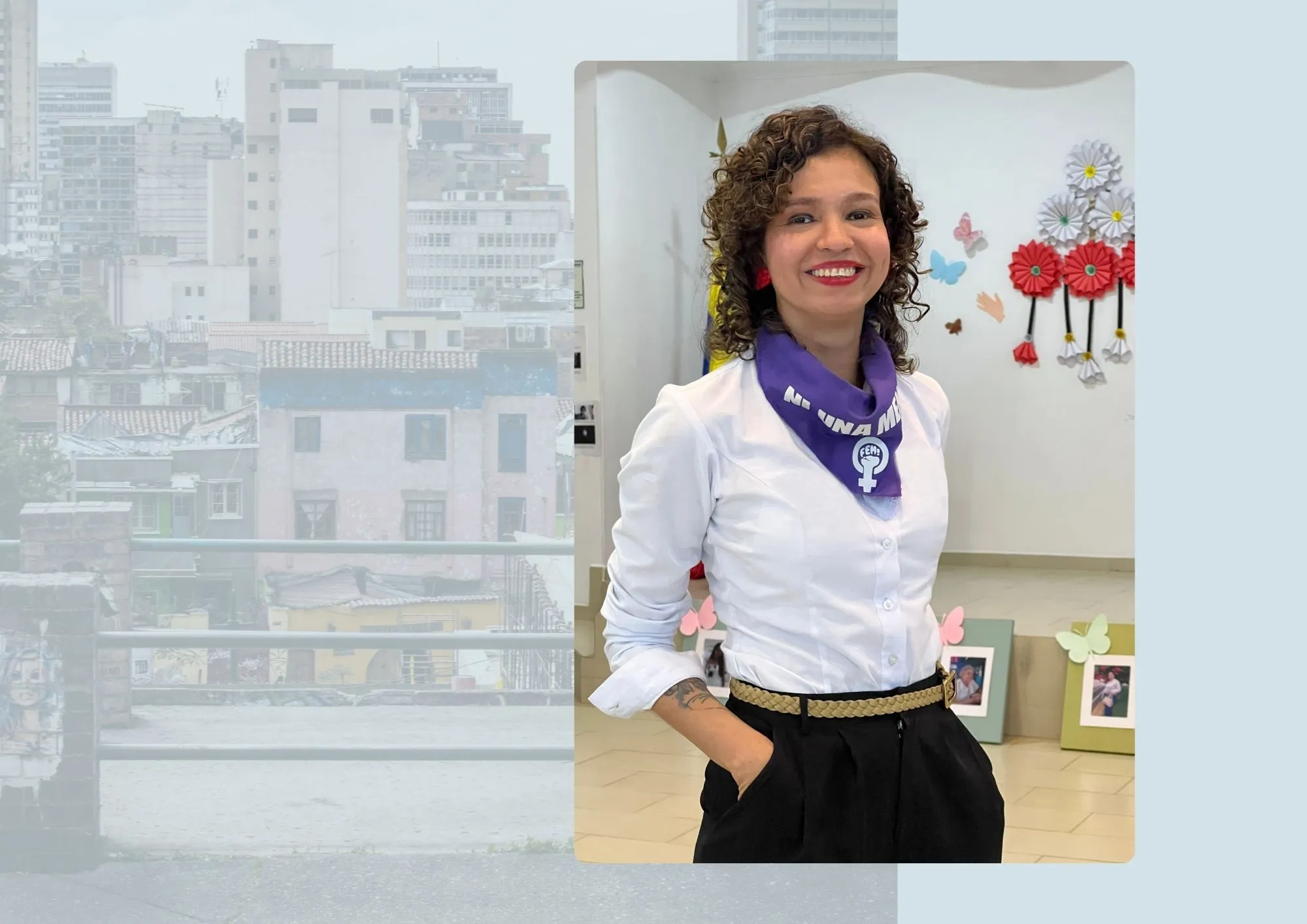
Disclaimer: Opinions expressed in this commentary are those of the authors and do not necessarily represent the institutional position of International IDEA, its Board of Advisers or its Council of Member States. This blog was translated to English using AI and was later reviewed by an IDEA staff member.
For monthly-updated information on democracy and human rights developments in 173 countries, visit the Democracy Tracker. For all our data and analysis, visit the Global State of Democracy Initiative.
Since the 1960s, Colombia has been marked by an internal armed conflict that has led to the forced displacement of hundreds of thousands of people, as well as thousands of cases of enforced disappearance, torture, and sexual violence, inflicting incalculable suffering on the population. The armed conflict has historically pitted the Colombian armed forces against far-right paramilitary groups such as the United Self-Defense Forces of Colombia (AUC), and leftist guerrilla groups such as the Revolutionary Armed Forces of Colombia (FARC) and the National Liberation Army (ELN), as well as other armed groups that emerged over time. In recent decades, several efforts have been made to achieve peace, with mixed results. In 2005, an agreement was signed with the AUC, and in 2016, a peace agreement was reached with the FARC, the country’s largest armed actor. In 2022, President Gustavo Petro launched his “Total Peace” policy, which seeks a definitive solution to the conflict through dialogue with all actors. So far, the process has seen several setbacks and some progress, such as the recent disarmament agreement with the armed group known as “Comuneros del Sur.”
Achieving sustainable peace is key to improving democratic quality, as democracy can only thrive in an active, engaged society free from armed conflict. This is not only because armed conflict undermines the proper functioning of democratic institutions by limiting access to justice and challenging the state's monopoly on the legitimate use of force through its security institutions. It is also because conflicts like this one produce systematic human rights violations, generate insecurity and distrust among the population—toward both fellow citizens and public institutions—and perpetuate structural inequalities that prevent people from living a dignified life. In this sense, the need for peace in Colombia goes beyond simply ending the actions of currently active armed groups. It also requires addressing the historical injustices and inequities that have fuelled the conflict and continue to hinder the construction of sustainable peace and a flourishing democracy.
To explore the complexity of the current situation and better understand the victims’ perspectives, we spoke with Alexandra d’Alleman, a Colombian researcher with extensive experience working on the armed conflict in Colombia, particularly in the Arauca region. There, she coordinated the work of the Truth Commission, created from the peace accords with the FARC to ensure truth, justice, reparations, and non-repetition. She has also worked with the Secretariado Nacional de Pastoral Social, the Electoral Observation Mission in Arauca, and more recently with Civil Rights Defenders on the publication Frontera Común, which focuses on women in the territory in the context of armed conflict. Additionally, she collaborated with the Victims Unit in Bogotá on truth and restorative justice processes.
As someone who has worked closely with victims of the internal armed conflict, what role do access to truth and justice play in building peace and a sustainable democracy? What challenges and lessons have you drawn from your work with victims?
In Colombia, truth and justice processes have gone through many transformations over the years, leaving us with important lessons. For example, the Justice and Peace Law, enacted in 2005, worked with truth through a judicial lens, via hearings with those responsible. During these hearings, victims were exposed to a descriptive truth about the crimes committed, which ended up deeply exacerbating their pain. These truths allowed us to learn more about how the crimes were committed, some aspects of how the armed organizations operated, and how the victims’ relatives died, but they did not provide a why. In terms of the relationship with the victims, this was a complete failure. Some rulings included more structural explanations, but many victims did not understand them or never accessed them. In this sense, there was a failure to communicate these truths in an understandable way, free of legal or technical language. That is why I say truth processes play a crucial role, but if not done properly, they can cause even greater harm and division for victims. And that is what happened with the Justice and Peace Law.
On the other hand, with the final agreement signed in 2016 with the FARC, truth was approached from two fronts: a judicial truth, through the Special Jurisdiction for Peace (JEP), and a truth with a different focus through the work of the Truth Commission and the Search Unit. In this case, new forms and methodologies were developed that allowed for a more collective understanding of the truth, exploring the deeper causes of violence beyond the individual level. I’m not saying everything was perfect, but it was key to begin understanding truth as a process, not just a goal. One of the major challenges I see today in these processes is that we have a system that has failed to provide comprehensive reparations to victims. In order to talk about symbolic and restorative justice, we must first guarantee victims their basic rights. But that is not the case. Victims in this country still go hungry, still suffer from poverty, and it’s impossible to talk to a victim about forgiveness under those circumstances. Speaking the truth in these kinds of settings is a huge challenge. Still, it is vital to keep doing it.
Sometimes I feel there is a rush to achieve “truth.” However, for peace processes to be lasting and effective, truth and restorative justice must be central. Reconciliation in the territories requires empathy, which means real encounters between people—and that takes time; it is neither a linear nor an easy process. Finally, I think an important and often overlooked lesson is the value of the pedagogical dimension of peace processes, and the importance of reflecting on how to produce and communicate findings in formats that are accessible to the entire population—not just to a small group of academics and professionals.
In your opinion, what are some of the legacies of the armed conflict, and what should be taken into account going forward?
One of the most painful legacies of the armed conflict is the breakdown of the social fabric and of relationships—both among civil society organizations and between the state and communities. This legacy runs deep and is highly significant: when people do not trust their neighbors, their community, or the government—because they don’t know what side they’re on, whom they answer to, or what danger they may represent—they end up living in isolation, fear, and distrust. This results in a diminishing sense of solidarity among people. Another legacy of the conflict is the loss of the value of life and the normalization of violence in our daily lives.
Another important legacy of the armed conflict is its deep impact on the emotional, mental, and physical health of men and women in the territories, who face multiple untreated health conditions that worsen over time. There are extremely high rates of depression, anxiety, chronic insomnia, and various illnesses. Given how many years this conflict has lasted, many people have accumulated traumatic experiences and lost several family members. How can such deep wounds heal without proper support? In this context, psychosocial support for victims of the conflict becomes increasingly important.
Additionally, another legacy of the conflict is the distrust and sense of insecurity that many communities feel toward the state. When the FARC signed the peace agreement and demobilized, many people were afraid and asked, “Who’s going to protect us now?” They feared being left at the mercy of a state that had historically neglected them and with no one to defend them. For people living in conflict zones, the state is one of the actors that has harmed, violated, and forgotten them, showing up only when convenient and failing to guarantee investment or rights. There is thus a fracture in the relationship with the state that armed organizations have known how to exploit. Armed actors are meaning-makers: they are the ones who impose order in the territory, set the rules, and define the means to resolve conflicts. Even if those rules are not the most appropriate or effective, they are the ways in which order has historically been maintained in these areas. So if we remove these systems of territorial governance, what are we offering in their place so that people feel safe, supported, and can begin to trust institutions again? Restoring trust in the state is thus one of the greatest challenges to achieving lasting peace.
How do you view the current peace process promoted by the government, and what are some of its difficulties?
The “Total Peace” initiative is a very interesting effort and has very good intentions. But I think the government lacked a bit more technical expertise and territorial understanding, as well as deeper knowledge of the armed actors they were negotiating with. It’s important, however, to stress that the 2016 peace deal with the FARC was only possible because multiple conditions were met that facilitated dialogue and motivated the organization to lay down arms. And it took eight years to reach that point. The current dynamics with a group like the ELN are quite different. As I mentioned earlier, peace processes—as well as truth and restorative justice processes—require time, and I believe we often have an overly rushed perspective on them. Ultimately, what I want to highlight is that, just two years after its launch, we cannot yet evaluate whether this peace process has been successful or has failed—especially after sixty years of conflict.
What do you think should be prioritized going forward in this process?
This is a conflict that affects every aspect of our society, and therefore, dialogue cannot be limited to armed actors. It’s necessary to reach the territories, talk to the people, mobilize communities, and engage them—especially through women, who have historically been the builders of peace.
Historically, the conflict has left us with pain, anger, and a thirst for revenge. We need to start rebuilding communities and reclaiming the “vivir sabroso” (joyful living) that Vice President Francia Márquez speaks about. We must also begin to build trust in the state, seeing it as a true guarantor of rights. And it’s essential to talk more about peace—not just as an academic concept, but based on the real experiences of the territories—supporting and strengthening the leadership of those working for peace in their communities.
